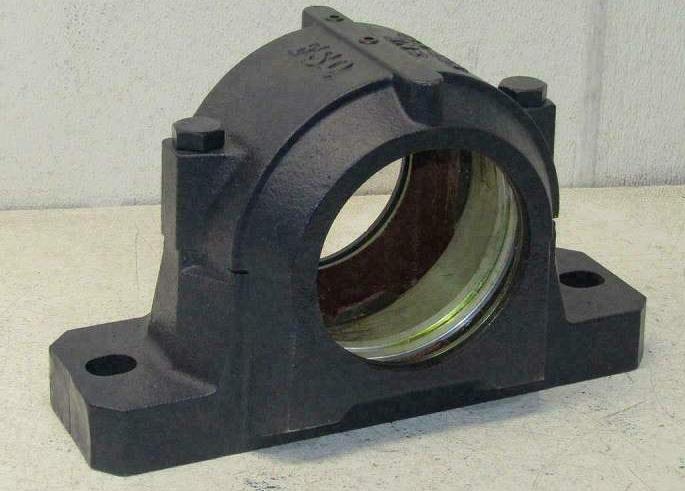CONTACT US
- 13961432521(Manager Wang)
- 13813676349(Manager Zhu)
- zhuyun@czshcd.com
- Group 9, Caoqiao Village, Xueyan Town, Wujin District, Changzhou City
Efficiency and casting material of bearing seat
Because a bearing can choose different bearing blocks, while a bearing block can also choose different types of bearings, many types of bearing blocks are generated, but the same bearing block model has different identification in different company templates. For different applications of standard bearing blocks, different materials of bearing blocks can be selected, such as gray cast iron, ductile iron, and special bearing blocks made of cast steel, stainless steel, and plastic.

According to different regulations on bearings and bearing blocks, the classification of bearing blocks is not entirely the same. When applying them, it is necessary to carefully check and select them based on the design.
Efficiency of bearing seat
As a close partner of bearings, bearing pedestals play a key role in all shafting systems. It is generally located on both sides of the shaft, and its key function is to support and fix the bearings, so that the shaft and connecting components have a certain positional relationship. In addition, bearing pedestals typically contain sealing equipment to reduce bearing contamination.
Material of bearing seat
The key materials for manufacturing bearing seats include cast steel (such as ZG45), gray cast iron (such as HT200), ductile iron (such as QT400-17), or stainless steel. The key selection of rolling mill bearing block is cast steel.
The selection of bearing block blanks is related to factors such as material, construction, and specifications. Generally, steel die forging or solid casting can be selected for bearing holes with small apertures; When the aperture is large, sand mold casting is used; Steel die forging is commonly used in many production processes, which can improve productivity and save materials.








